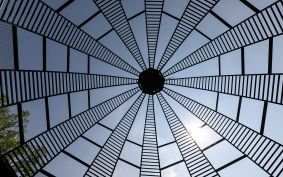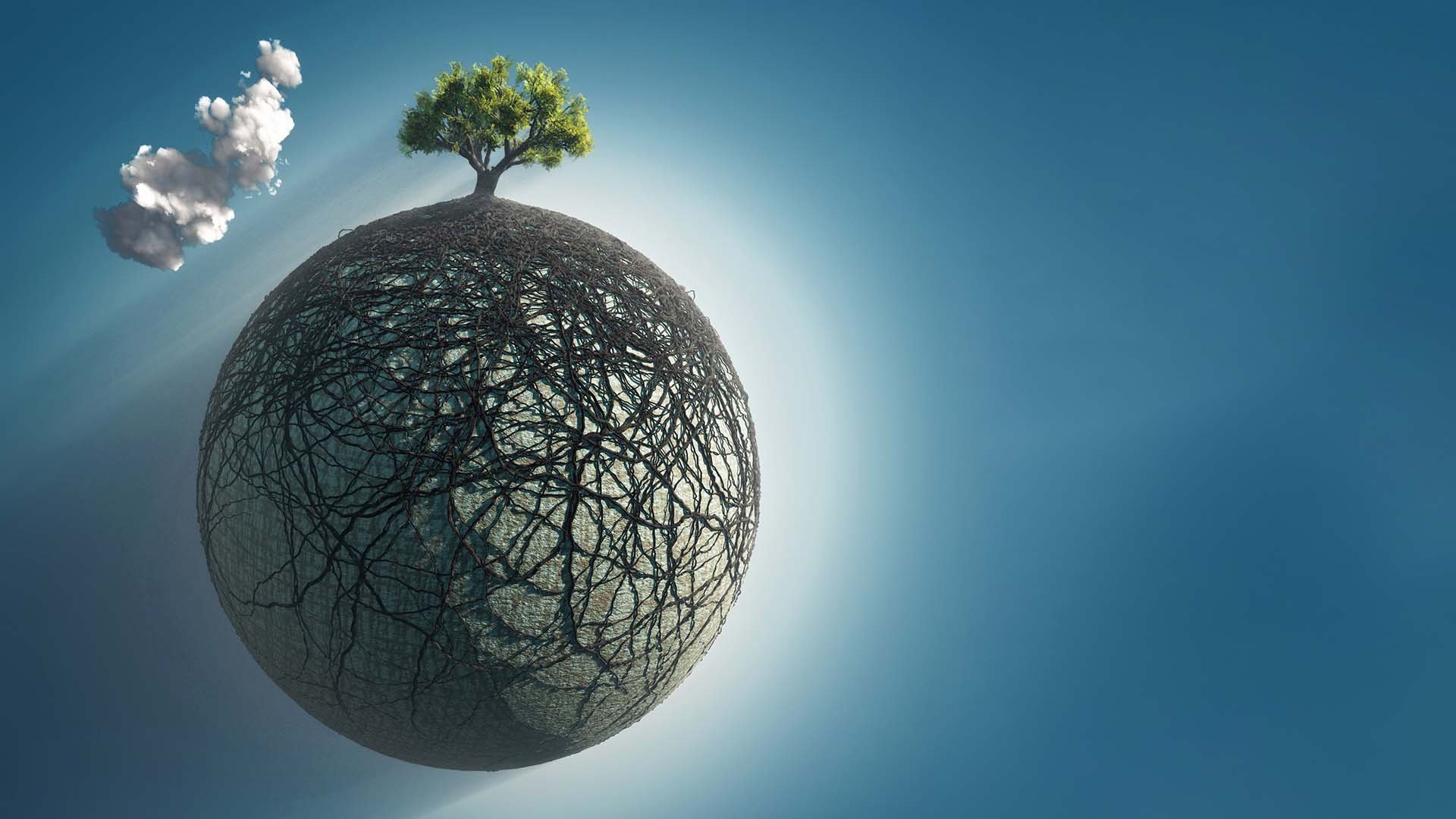Treasurers have so many responsibilities that it can be tough keeping up with wider shifts in the business world. One such trend is the move towards more sustainable business models – including the circular economy. This is not just a ‘nice to know about’ topic, it is one that could shape the future business environment and influence future cash flows. So, what is the circular economy and what do treasurers need to know?
Moving away from a linear model
The circular economy is a model of production and consumption that involves sharing, lending, reusing, repairing, reconditioning and recycling existing materials, products and waste for as long as possible, thereby increasing their value. As an embodiment of the cradle-to-cradle model, a circular supply chain can lead to potentially infinite value creation and accretion using finite resources.
Definitions
Reusing: For example, giving a second life to a product without it necessarily having reached the end of its life cycle. The reused product’s new destination is the same as the original one.
Recycling: This involves reworking of components of a product that has reached the end of its lifecycle.
Cradle-to-cradle: This is about ‘remaking the way we make things’. It involves community and product development that functions like a healthy ecological system where all resources are used effectively.
This is in contrast with the traditional linear economy approach, that provides five stages for the life of products: extraction of raw materials, production, distribution, consumption, and waste disposal. At the end of its life cycle, the product is transformed into waste, unusable for productive purposes: this is therefore called the ‘cradle-to-grave’ model.
There are many ways to implement the circular economy, from use of renewable resources or resources from renewable sources (upstream) to the creation of mechanisms of ‘reverse logistics’. The latter is designed to recuperate products from the market and regenerate them to give them a new life (downstream), passing through all the intermediate stages within the chain, such as the exploitation of production waste that can be reprocessed to create new products or accessories for the product itself.
Although the investment required to build a circular supply chain may appear substantial, the expected results are likely to be long-lasting, and there is potential to generate significant economic returns (see below for statistics).
Practical considerations
The ability of a company to implement a circular economy strategy can have repercussions in many areas, from the reputational aspect to competitive advantage.
For instance, a company that does not know how to enhance and give a second life to production waste, or that has no incentive to recycle, will continually face considerable expenses at each new production cycle:
- During the search for new raw materials, companies operating a linear model will encounter risk of price increases due to the growing scarcity of certain resources in nature. But in the circular economy scenario raw materials are obtained from the reprocessing of the product itself, therefore costs and timing are potentially lowered.
- Equipping machinery for production can potentially lead to negative external events and sentiments, especially where greenhouse gas (GHG) emissions are concerned.
- Disposing of new waste is costly and potentially damaging in many ways. In the circular economy scenario, waste becomes an additional source of revenue; in fact, it can be resold and used as a by-product in a different chain to produce new goods.
It is worth noting that the various stages of the production process in a linear economy imply significant costs for companies both upstream, during the production phase, and downstream, through taxation systems on carbon emissions, landfill disposal and pollution in general (estimated costs for air pollution are $2.9 trillion per year[1]).
Of course, the transition towards a circular economy also incurs costs and other resource requirements. But, looking at the bigger picture, the circular model is desirable in two significant ways:
- From an economic perspective[1], it allows for estimated savings of €604bn across Europe, equal to 8% of total annual turnover. More specifically, this scenario could increase GDP by nearly 1% and create more than two million jobs compared with a usual economic model, while reducing total annual GHG emissions by up to 4% (the cost of CO2 has reached €43 per ton and GHG emissions are expected to grow by about 1.5 billion tons). A circular model also improves access to capital for companies in the form of national and international ‘green’ financing, which would enable them to recoup some of the investment for the transition to the new model.
- From a practical perspective, the circular economy presents an opportunity to optimise the business processes and embrace improved business and financial planning. After all, it reduces uncertainty about the availability of raw materials for production and thereby reduces price volatility . For the treasurer, this translates into streamlined and more predictable cash flows.
Making the leap
While the theory of the circular economy has clear benefits, it is unthinkable that a single company, large or small, should bear all the costs and efforts of making its supply chain circular. Indeed, the model itself necessitates the coordination of activities among an ecosystem of actors (stakeholders), including suppliers, internal departments and production staff, financial institutions, regulators, logistics providers, and, above all, the final customer.
Designing an efficient stakeholder engagement system around the circular economy is therefore critical – and the treasurer has a role to play here. With the CFO on their side, treasurers can assist in spreading the word about circular supply chains making it possible for a company to achieve competitive advantage and resource savings, both in terms of the quantity of materials used and in terms of supply costs, which are not negligible. When implemented correctly, and with the engagement of all stakeholders, this will filter through to improved financials and better visibility and predictability of cash flows.
Time to get moving
As of May 2021, many countries have already run out of the natural resources available to them this year, and a similar scenario is destined to play out in other nations in the coming months.
As such, sustainability is no longer an option. Significant numbers of organisations and consumers are crying out for more virtuous behavior to guarantee future generations the same, if not better, survival conditions as ours.
At this point, we must all ask ourselves what kind of world we want to leave to our children and families: a world in which to prosper or a world from which to escape? And perhaps this is a little more philosophical than a typical treasury discussion, but treasurers have the power to influence behaviours within their organisation. Arguably, treasurers are perfectly placed to understand how the positive impact of implementing a circular physical supply chain can translate into financial benefits – and this is precisely the kind of insight that can help drive management decisions.
More about the author
Ermanno works as a sustainability specialist in an Italian company that sells products and accessories to the world’s major fashion brands. The company has always been committed to sustainability, obtaining important awards all over the world and even collaborating with the United Nations Fashion Charter.
Ermanno is also a blockchain enthusiast with a deep interest in blockchain-based solutions for supply chain, certifications and payments. He is responsible for analysing sustainability strategies, with a focus on sustainability-blockchain interactions, to see what would work best within his organisation.
[1] https://phys.org/news/2020-02-air-pollution-trillion-year-ngo.html
[2] https://www.minambiente.it/sites/default/files/archivio/allegati/economia_circolare/ce_economia_circolare_depliant.pdf























